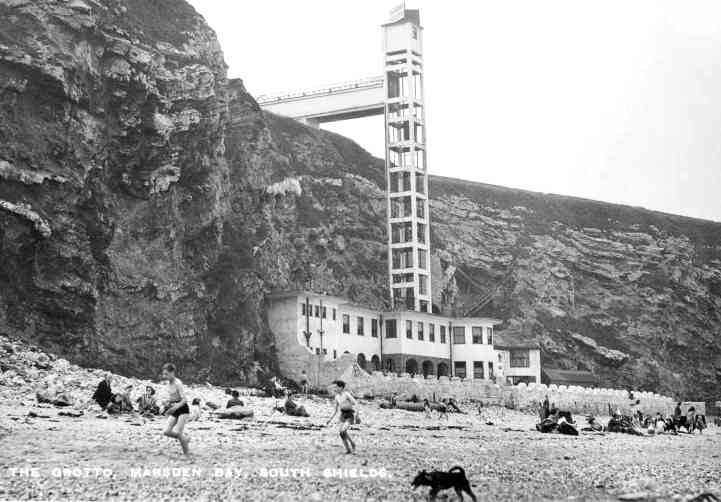
Figure 1.-- This is the Marsden Grotto at Marsden Bay, South Shields, probably during the 1930s. |

|
South Shields is a town in Northeast England, which stands on the south bank of the River Tyne estuary. South Shields was part of the County Durham until local government reorganisation in 1974, when it became part of the Metropolitan County of Tyne and Wear.
It is a town steeped in history that goes back to the time of the Romans who had a settlement here in an area of the town called the Lawe Top. The settlement had fort known as Arbeia and here was a vast stone built granary. The fort also played an important part as a supply centre for Hadrian's Wall, which stretched from the Soloway Firth in the west of England, to Wallsend in the east. A replica of the fort has been built along with a museum of Roman artefacts on the site of the original fort. At the mouth of the Tyne are the two piers, one on the north side at Tynemouth, which is much shorter than its southern counterpart at South Shields, which measures one mile from beginning to end. While the north pier is straight, the south pier is winding. At the end of the two piers are unmanned lighthouses.
The town has many beaches and seaside attractions. Two of these are the North and South Marine Parks. The south park has a boating lake and at one time it had a bandstand for outdoor concerts. Sadly this was demolished many years ago. Also in the south park is a miniature railway which skirts the boating lake. The North Park stretches from Ocean Road to the Lawe Top. Here you will find several bowling greens and a putting green. Like most seaside towns, South Shields has its funfair with all the usual attractions. Behind the funfair is the promenade, on one side there are golden sands, while on the other there is Sea Road with it's three public houses, a café serving coffee and ice-cream and an amphitheatre. This is used in the Summer months during the Cookson Festival, which is named in honour of novelist Dame Catherine Cookson (1906-1998) who was born at Tyne Dock, South Shields. On the north side of Ocean Road there are bed and breakfast establishments, while on the south there are many Asian restaurants and take-aways, shops and cafes.
The town has some of the cleanest beaches in the Northeast; one of these is at Marsden Bay. Which is sheltered on one side by steep limestone cliffs. Part of the beach at Marsden is sandy, while the rest is stony and pebbled. An outcrop of rock called Marsden Rock is home to many seabirds, which use both the cliff face and the rock as nesting places. There are many stories regarding Marsden Bay and the Marsden Grotto in particular. The Grotto is a restaurant and bar, which at one time was a notorious place for its smuggling activities and there is a story that the Grotto is haunted by the ghost of Peter Allen who made the original excavations for what was to become a ballroom. The Grotto is unique in that half of it is cavernous as it is located within the limestone rock of the cliffs. There is a lift which takes patrons and other visitors to the bay from the top to the bottom. The more energetic can climb or descend the steps adjacent to the bar.
Navigate the Boys' Historical Clothing Web Site:
[Return to the Main individual English seaside resort page]
[Return to the Main English seaside resort page]
[Introduction]
[Activities]
[Biographies]
[Catalogs]
[Chronology]
[Clothing styles]
[Countries]
[Literary]
[Bibliographies]
[Contributions]
[FAQs]
[Glossaries]
[Images]
[Links]
[Registration]
[Tools]
[Boys' Clothing Home]
Navigate the Boys' Historical Clothing Web Site:
[Sailor suits]
[Sailor hats]
[Buster Brown suits]
[Eton suits]
[Rompers]
[Tunics]
[Smocks]
[Pinafores]
